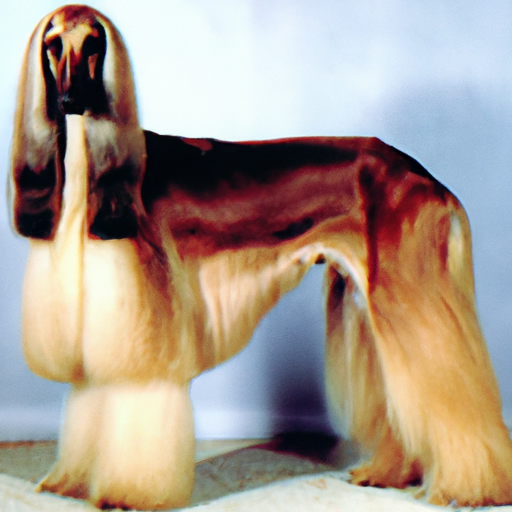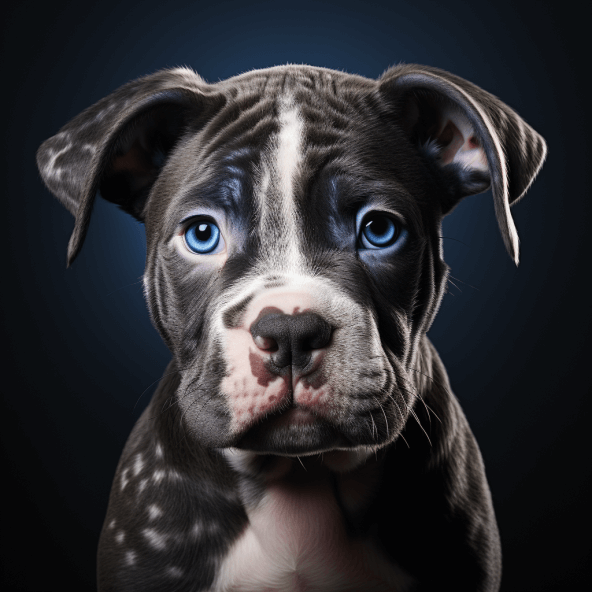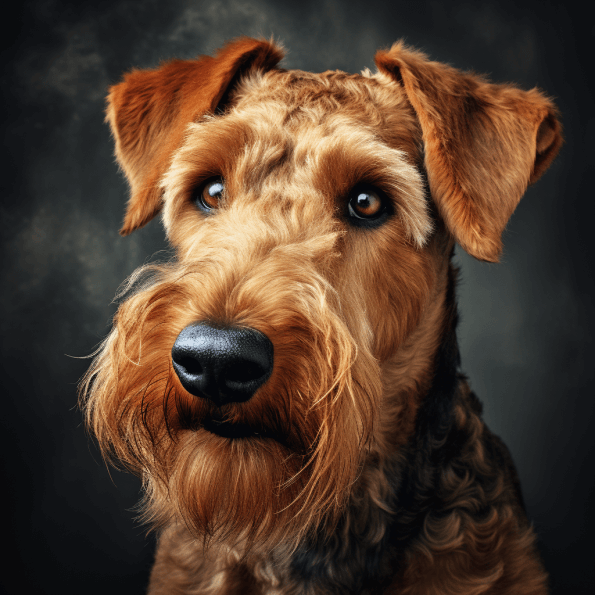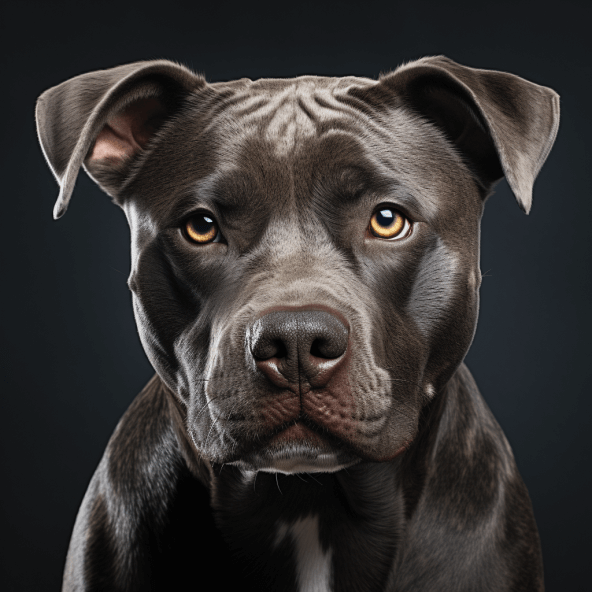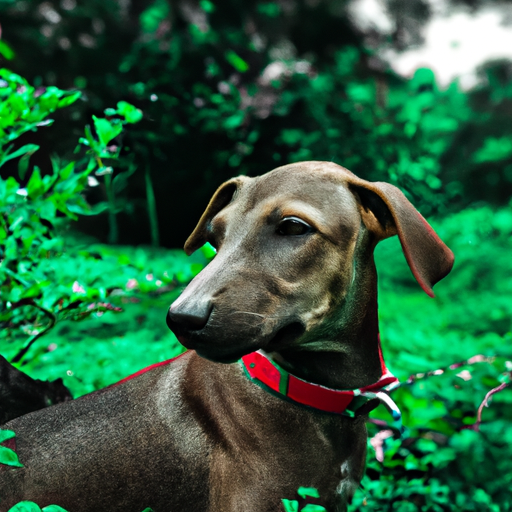Afghan Hound – Dog Breeds
You’re about to embark on a journey through the world of the majestic Afghan Hound. Revered for its thick, silken hair and unique personality, this dog breed is a spectacle like no other. As part of this journey, you will gain insights into the breed’s history, specific must-know traits, crucial grooming tips, and much more. With rich narratives and valuable tips at your fingertips, you will become well-versed in all things concerning the sophisticated and beguiling Afghan Hound. So, brace yourself for a captivating exploration into the world of this stunning and character-rich canine.
Overview of Afghan Hound
The Afghan Hound, also known as the Afghan Greyhound or simply the Afghan, is a special breed of dog, distinct in its appearance, temperament, and historical origins. With its long, fine coat, and unique qualities, the Afghan Hound is considered to be among the most beautiful breeds of dogs in the world.
Historical Background
The Afghan Hound takes its name from its geographical origin – Afghanistan. This elegant dog breed’s ancestry stretches back to the pre-Christian era, finding mention in ancient Eastern scriptures, where they featured as regal animals accompanying royalty. Afghan Hounds were rarely found outside Afghanistan until the early 20th century, when British soldiers returning from the Afghan wars brought them back to England.
General Appearance
The Afghan Hound is often distinguished by its thick, glossy coat, usually a golden or reddish color and taller than most other hound breeds. It sports a distinctive “topknot” of long, silky fur on top of its head, and its tail and hindquarters are also heavily feathered. Its face is striking, with large, almond-shaped eyes that express a keen but gentle intelligence.
Typical Traits
Known for their aloofness but also their elegance and grace, Afghan Hounds are independent and can sometimes seem indifferent, even to their owners. Despite their majestic appearance, they are prone to behave in a quirky manner, often catching their owners by surprise.
Breed Origin
Ancestry
The Afghan Hound’s rich ancestry leads back to the cold mountains of Afghanistan, where it was bred for its ability to navigate rocky terrains with grace and agility. Over time, the breed developed the strength, endurance, and speed necessary to catch its quarry in harsh mountainous conditions.
Region of Origin
As is evident from their name, Afghan Hounds originated in the unforgiving terrains of Afghanistan. They were prominent in the country’s northern and eastern parts, where the weather and terrain conditions were most challenging.
Purpose of the Breed
Afghan Hounds were primarily used as hunting dogs, thanks to their amazing speed and agility. This breed proved to be particularly helpful in hunting deer, hares, and gazelles, thanks to their keen sight and fast running ability.
Physical Characteristics
Size and Weight ranges
Typically, a male Afghan Hound will range in size from 27 to 29 inches tall at the shoulder, and they usually weigh between 50 to 60 pounds. Females tend to be a bit smaller, generally ranging from 25 to 27 inches tall at the shoulder, and they usually weigh between 45 to 55 pounds.
Color Variations
Afghan Hounds come in all colours. These colors range from a deep black to a golden red and even a combination of two different shades. Some Afghan Hounds also sport a brindle pattern in their fur.
Distinctive Features
Afghan Hounds have quite a few features that set them apart. From their rich, silky coat, unique facial expression, and long skull to their almond-shaped, hazel to dark eyes and large, pendant-shaped ears – these are all distinctive specifications.
Behaviour and Temperament
Typical Behaviour Traits
Despite their seemingly aloof disposition, Afghan Hounds are known for their playful and clownish behaviour. While they might project an air of independence, they develop deep attachments to their human families.
Interaction with Humans
Afghan Hounds can be aloof and reserved, especially with strangers. However, they form very deep bonds with their primary caregivers and are known to be extremely affectionate with them. This breed can be sensitive to harsh treatment, so it’s a good idea to use positive reinforcement while training them.
Interaction with other animals
Afghan Hounds do best in a single-pet household, mostly due to their strong prey drive, which makes it difficult for them to peacefully coexist with smaller pets. However, with early socialization and training, it is possible for Afghan Hounds to live successfully with other dogs and pets.
Training an Afghan Hound
Training Techniques
Training an Afghan Hound is not always an easy task due to their independent nature. It’s essential to use positive reinforcement techniques such as treats, praises, and gentle petting to motivate them. Like with other breeds, socialization and obedience training should begin early.
Common Challenges
Afghan Hounds can be challenging to housebreak due to their sensitive nature, making it vital to use positive, non-punitive measures during this process. Owing to their independent streak, they may also need persistent recall training to prevent them from sprinting away on outdoor walks.
Behavioural Reinforcement
Due to their sensitive nature and a propensity to become defensive when scared, it’s crucial to reinforce desired behaviours in Afghan Hounds with gentle, positive methods. Avoid yelling or spanking as punishment, as it can damage their bond with you and result in neurotic behaviours.
Health and Lifespan
Typical Lifespan
With regular check-ups and a balanced diet, Afghan Hounds generally live between 12 to 15 years, with some even reaching 18 years.
Common Health Issues
This breed may be prone to certain health problems. These include hip dysplasia, a common skeletal condition in large breed dogs, cataracts, and thyroid issues. They are also at risk of developing bloat, a sudden and life-threatening swelling of the abdomen.
Genetic Disorders
Afghan Hounds have a genetic disposition towards certain conditions like canine hypothyroidism and Juvenile Cataracts. Being alert to early signs and symptoms of these disorders can help in managing these conditions effectively.
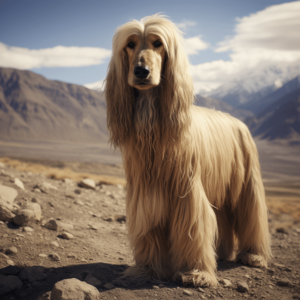
Grooming Needs
Frequency of Grooming
The luxurious coat of an Afghan Hound requires frequent and thorough grooming. For its coat to stay healthy and attractive, this breed requires grooming at least once a week, but ideally more often.
Specific Care for Hair and Coat
Key to grooming an Afghan Hound is regular bathing and brushing. Occasional hair trimming around the dog’s feet and hocks will also help keep the Afghan looking its best. Use a high-quality dog shampoo and conditioner to keep their coat shiny and tangle-free.
Nail care and teeth cleaning
Regular nail trimming is essential as long nails can cause discomfort, affecting the dog’s overall health and happiness. Teeth cleaning is equally important, and you should brush your Afghan Hound’s teeth a few times per week to avoid tartar buildup and bad breath.
Feeding and Diet
Dietary Requirements
Afghan Hounds need a balanced diet rich in protein, fat, and carbohydrates. High-quality commercial dog foods, supplemented with lean proteins like chicken or beef, and vegetables can meet their nutritional needs.
Common Food Allergies
Like other breeds, Afghan Hounds can be prone to food allergies. These can range from grain and gluten intolerance to allergies to chicken or beef. If your Afghan is showing signs of food allergies, it’s best to consult with a vet.
Ideal Feeding Schedule
Feeding your Afghan Hound several smaller meals throughout the day is better than one large one to reduce the risk of bloat. Puppies will require more frequent meals, whereas an adult Afghan will thrive on two meals a day.
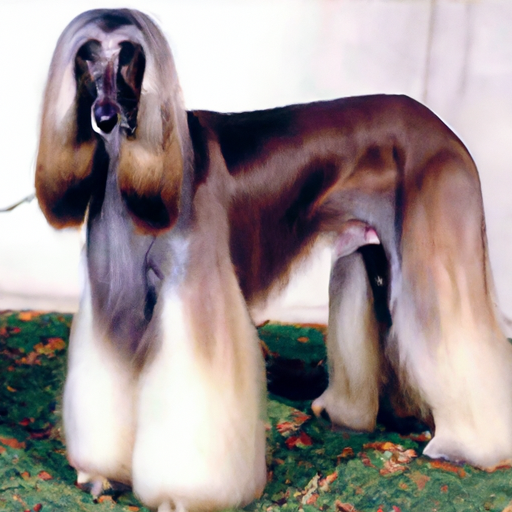
Exercise Needs
Required Daily Exercise
Afghan Hounds, being an active hunting breed, require a good amount of daily exercise to maintain their health and happiness. A minimum of a long, brisk walk, combined with a shorter, more rigorous activity are recommended.
Suggested Physical Activities
Afghan Hounds love to run and would be perfect companions for a long jogging or cycling session. Other recommended activities include playtime in a secure yard, obedience training sessions, and agility training.
Importance of Mental Stimulation
Afghan Hounds are intelligent and require mental stimulation to prevent boredom. Puzzle toys, obedience training, and interactive games with you can keep their minds sharp and fulfilled.
Adopting an Afghan Hound
Considerations before Adopting
If you’re considering adopting an Afghan Hound, do remember that they require significant grooming and exercise. Their need for companionship means they do not do well alone for long stretches of time.
Finding a Reputable Breeder
To find a reputable breeder, consider starting with dog breed clubs or kennel clubs in your area. These organizations can often provide lists of breeders who maintain excellent breeding practices.
Adoption from Rescue Groups
If you are considering rescuing an Afghan Hound, there are many rescue groups dedicated to finding homes for this breed. Utilizing such groups not only provides a home for a dog in need, but it also means gaining a pet that has likely received some training and veterinary care.
